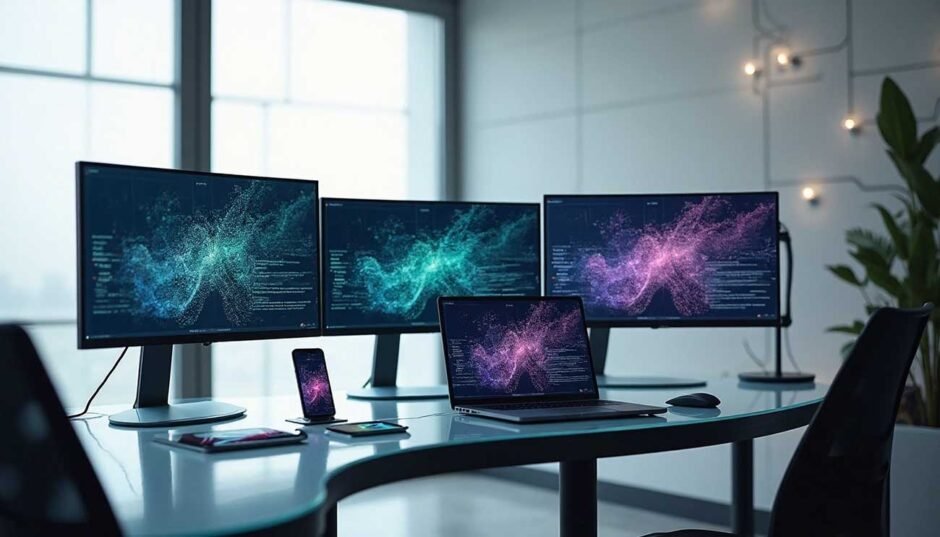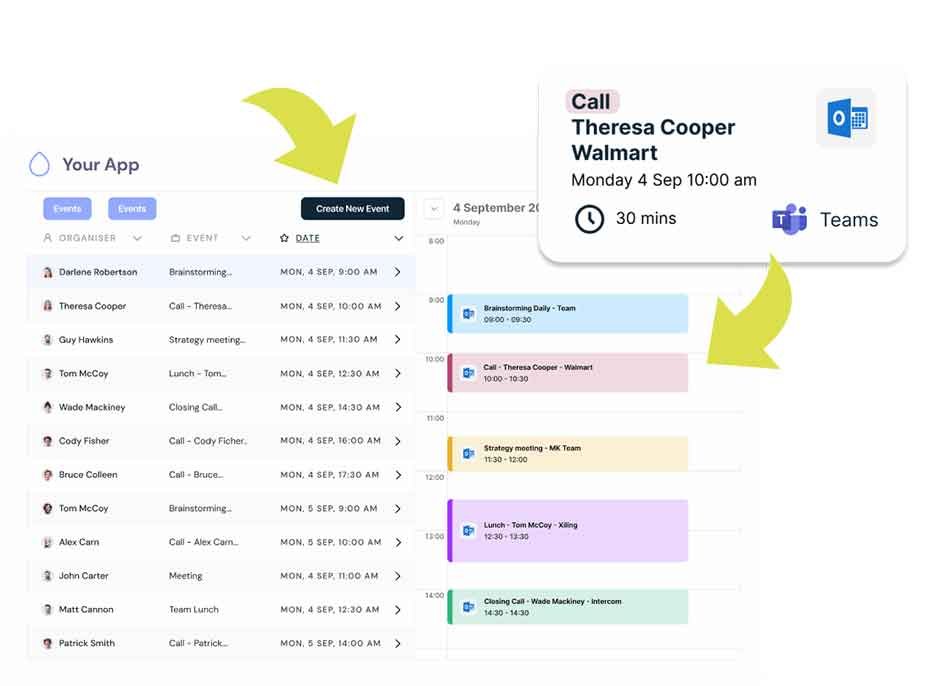Creating clothing that’s both stylish and sustainable is no small task. Designers, suppliers, and manufacturers juggle creativity with responsibility, all while trying to meet tight deadlines and stay within budget. It’s no surprise that the fashion industry is leaning on smart tools to bring order to the chaos.
For brands looking to reduce waste and streamline production, the right digital tools can make a huge difference. That’s why it’s essential to explore how these systems support the shift toward more responsible fashion. One tool making waves behind the scenes is PLM software fashion professionals to align product development with eco-conscious goals.
Data Accuracy Minimizes Material Waste
Accurate tracking from concept to delivery reduces overproduction and material waste. PLM software manages essential details like fabric, dye lots, and trims, maintaining consistency throughout the supply chain. Centralized data prevents errors and excess inventory, enabling better forecasting and faster decisions that help brands cut waste early in the production process.
Fashion companies benefit from features like digital material libraries and virtual sampling, which reduce physical samples and conserve resources. With suppliers and designers working from the same source of truth, fewer miscommunications occur, and time-to-market shortens without sacrificing quality or values.
Sustainable Supply Chain Visibility
PLM systems support supply chain visibility, an essential part of any eco-focused initiative. Companies can track supplier certifications, labor practices, and environmental compliance directly within the software. This transparency strengthens accountability across sourcing partners and simplifies reporting for environmental standards like GOTS or OEKO-TEX.
With all supply chain nodes linked, brands can:
- Evaluate vendor performance on sustainability metrics
- Monitor lead times and transit routes to reduce emissions
- Compare material alternatives based on environmental impact
These capabilities make it easier to prioritize partners that align with green goals while reducing energy and logistics inefficiencies.
Supporting Circular Design Principles
Sustainable fashion thrives on long-term thinking, and circularity is key. PLM tools help integrate design-for-reuse strategies from the start. Designers can include information like recyclability, biodegradability, and durability in product specifications. This ensures new collections meet circular standards.
Historical data also proves valuable. By analyzing past performance, teams learn which materials hold up over time and which designs support repair, resale, or repurposing. This structured feedback loop transforms isolated efforts into a long-term strategy that goes beyond surface-level sustainability claims.
Collaborating Across Fashion Departments
PLM software is not just for tech teams. It brings together merchandising, sourcing, and design in one collaborative workspace. Cloud-based platforms enable instant updates to flow between offices and continents. This reduces delays and missteps in critical stages of product development.
Everyone from pattern makers to compliance managers has access to the same real-time information. This cross-functional collaboration helps align sustainability goals with business objectives. No more backtracking or last-minute fixes. When everyone’s on the same page, decisions support both the planet and the bottom line.
Creative Innovation Meets Technical Precision
Designers often walk a tightrope between creativity and constraint. PLM tools do not limit them. Instead, they enhance their ability to innovate responsibly. By utilizing digital sketches, 3D prototyping, and material testing modules, creative teams can experiment without depleting physical resources.
These platforms also store technical specifications, making it easier to revisit and tweak successful concepts. That agility saves time, cuts costs, and promotes designs that are fashionable, functional, and environmentally conscious. This is especially critical as the industry moves away from fast fashion models and toward more thoughtful, sustainable practices.
The journey to sustainable style isn’t simple, but with PLM software fashion brands gain a smarter, leaner way to get there. Choosing the right tools today helps secure a cleaner and more responsible fashion ecosystem tomorrow. Start taking the steps that lead to meaningful change.









